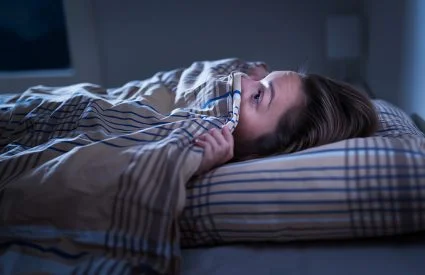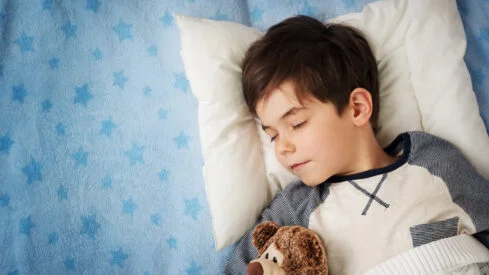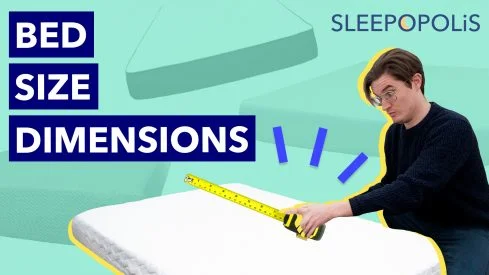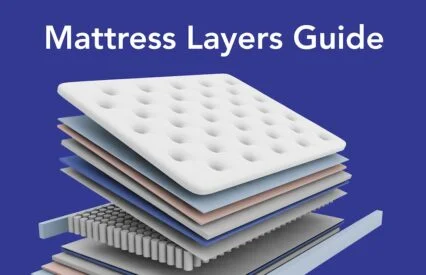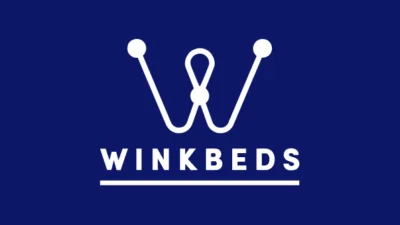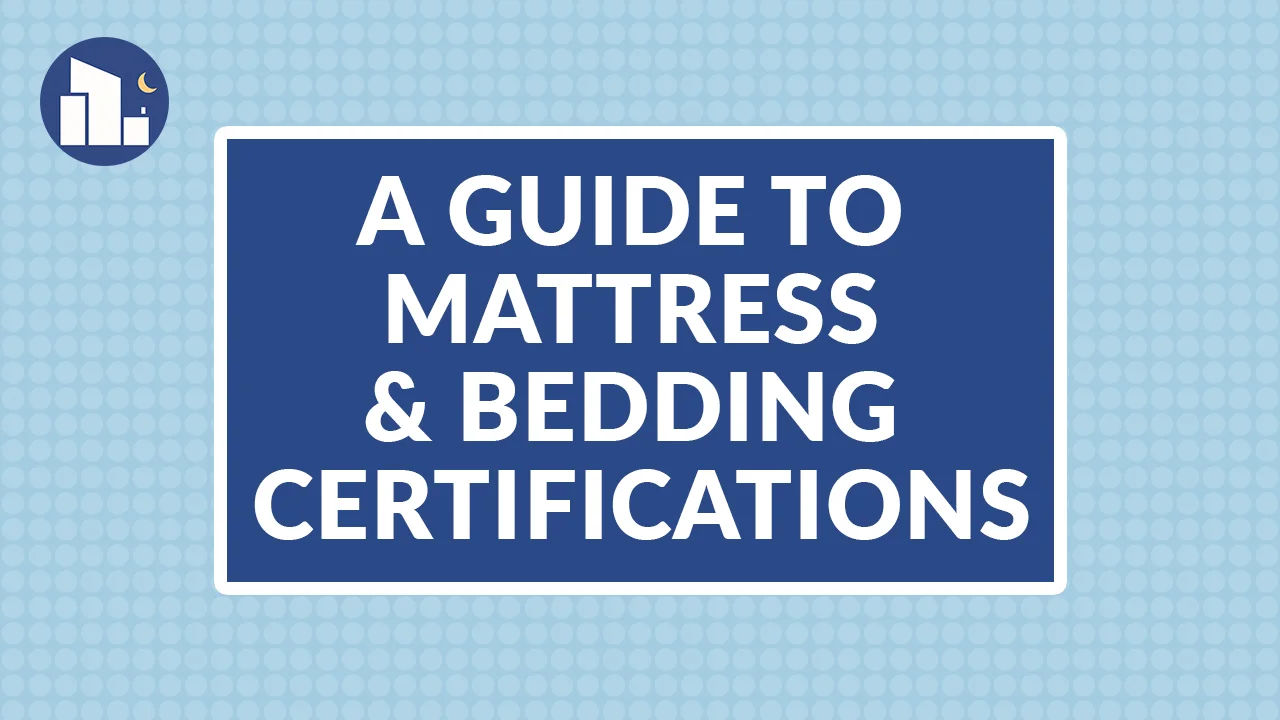
While shopping for a new mattress or bedding, you may have noticed a variety of certifications that companies will proudly claim their products have received from third parties. You may also notice most of these certifications are acronyms or a combination of capitalized letters, like OEKO-TEX certified — and probably don’t mean much to you at first glance. However, these certifications can reveal a lot about the company, their work practice, the safety of the materials used, and more.
For this reason, I wanted to put together a guide (in alphabetical order) explaining what the different certifications mean that we come across the most in the sleep world, so you can understand them and also look for products that align with your expectations and standards.
When diving into each certification, I also consulted with Bobbi Wilding, Executive Director of Clean and Healthy, an organization that, per its name, has set out to build a clean and healthy world that’s free of toxic chemicals.
“We’ve engaged in both legislative and market campaigns to move away from toxic chemicals in the products we use every day,” explains Wilding. These initiatives have included testing children’s products and jewelry for heavy metals (which has led to bans on certain materials in several New York counties) to a series of reports specifically targeting toxicity and greenwashing in the mattress industry: The Mattress Matters (2011), The Mattress Still Matters (2020), and Peeling Back the Green Facade (2021). While these reports are largely related to crib mattresses, their findings relate to the manufacturing processes in the mattress industry as a whole.
So let’s get into these mattress certifications, with guidance from Wilding and a handful of other experts on which ones really matter and which ones might not be quite what they seem.
B Corporation
B-Corp, an international certification, looks at a company’s positive impact on workers, communities, customers, suppliers, and the environment. The objective is to contribute to an inclusive, equitable, and regenerative economy — and remain transparent while doing so. But while this certification is certainly admirable, it doesn’t necessarily mean the mattress itself is going to be organic or non-toxic.
“It’s not going to really tell you what the ingredients of a product are,” Wilding says. “It’s more about the company itself and how it operates.” So even though the B-Corp badge can speak to a company’s principles (an important factor for many shoppers), anyone looking for truly organic sleep products should look for some of the other certifications that we’ll get into later.
CertiPUR-US
In order to get the CertiPUR-US label, the product must be free of certain dangerous chemicals and materials. Specifically, it needs to be made without ozone depleters, PBDEs, TDCPP or TCEP flame retardants, mercury, lead, and other heavy metals, formaldehyde, phthalates, and have low volatile organic compound (VOC) emissions for indoor air quality.
While all of that sounds promising, Wilding points out that the origins of CertiPUR-US are a bit complicated and don’t always speak to a mattress’s organic or non-toxic nature.
“CertiPUR is one of the most misleading and misunderstood certifications,” she says. “It was actually created by the polyurethane foam industry, and just certifies that chemicals that are already not allowed to be present by law — or are never used in the production of polyurethane — are not going to be in polyurethane foam. It doesn’t tell you anything about unregulated toxins and it puts this veneer of health over an inherently unhealthy material.”
So while being CertiPUR-US certified isn’t a bad thing, it’s not going to indicate that the mattress is organic or non-toxic.
eco-INSTITUT Certified
The Eco Institute is based in Germany and tests products at the strictest levels for pollutants and emissions, meaning they go above and beyond legal national requirements. Being eco-INSTITUT certified means an indoor product is low-pollutant and low-emission, so it won’t have any hazardous chemicals and won’t damage your indoor air quality.
The Eco Institute says more than 100 manufacturers across the world have the eco-INSTITUT label. You can find this label with mattresses, mattress toppers, pillows, and other furnishings.
Fair Trade Certified
If a product is Fair Trade Certified, it meets standards that protect the livelihoods of farmers, fishers, and other producer communities — along with the environment.
More specifically, “Fair trade certifications have to do with how an American business interacts with other companies from which they’re purchasing,” Wilding says. “It’s a decent standard, but has more to do with ensuring that people producing the goods are fairly compensated.”
Fair Trade Certified standards also call for safe and healthy working conditions, no forced labor, and no child labor, as well as the assurance of product traceability. Fair Trade USA certifies everything from food to home goods to beauty supplies, so you could see it on any mattresses or bedding products. But as with the B-Corp certification, it’s not going to confirm whether or not a product is truly non-toxic or organic.
Forest Stewardship Council Certified
The Forest Stewardship Council (FSC) certifies products if they come from responsibly managed forests that have environmental, social, and economic benefits. The goal here is to keep forest-agricultural operations and products sustainable while also benefiting the local people and workers. Part of the responsibilities of an FSC-certified company is to give local communities a percentage of the income from the surrounding forest along with access to schools, work, and medical care. Wood products are going to be the ones eligible for this certification. Natural latex, for example, could have this certification since it comes from trees.
GOLS Certified (Global Organic Latex)
GOLS stands for Global Organic Latex Standard and specifically applies to latex. It’s a globally recognized standard that pushes sustainability. To get this certification, the latex within a product has to meet strict health and environmental guidelines from beginning to end. For example, it can only have 5 percent synthetic content, with the other 95 percent coming from natural materials. The company also must have fair labor practices.
In Wilding’s estimation, the GOLS certification, along with the GOTS certification (which we’ll get to in a minute) is the most important standard to look for if you’re shopping for a genuinely organic mattress.
“I think those are the most consistent and helpful to look for if you’re trying to get a mattress that’s free of toxic chemicals,” she says. “They’re aiming at being as benign as possible, and as organizations, they’re aiming to avoid pesticides and byproducts. They’re going to be less problematic than other certifications or claims that companies might make.”
GOTS Certified (Global Organic Textile)
GOTS stands for Global Organic Textile Standard. It’s very similar to the GOLS certification, but it deals with products from natural organic fibers, rather than latex. GOTS focuses on environmental and social responsibility for organic textiles from the harvesting of materials to the manufacturing process to the labeling.
“In terms of user health, GOTS certification is the most meaningful certification for textiles including beds and bedding made with cotton and polyester,” says building biologist Corinne Segura with My Chemical-Free House, echoing Wilding’s sentiments. “This is a top-tier certification for organic textiles. It goes beyond pesticide use, to look at all chemicals used in the processing and chemicals added topically. It is by far the most stringent regulation out there as it covers all chemical inputs (e.g. dyes, auxiliaries, and process chemicals), which are evaluated to meet basic requirements on toxicity and biodegradability.”
GREENGUARD Gold Certified
If a product is GREENGUARD Certified, it’s met some of the world’s most rigorous third-party chemical emissions standards in order to help reduce indoor air pollution and the risk of chemical exposure, according to the UL GREENGUARD Certification Program. It limits emissions of volatile organic compounds (VOCs) to help improve indoor air quality.
“GREENGUARD standards make sure there aren’t little organic compounds that can come off the mattress and into your indoor air,” Wilding elaborates. However, she notes that this certification still isn’t as stringent or powerful as the GOTS and GOLS standards. Those are still the two you should be most concerned about if you’re shopping for an organic mattress.
OEKO-TEX Certified
To be OEKO-TEX certified and have a STANDARD 100 label means a product has been tested for harmful chemicals and is determined to be non-toxic for humans throughout all stages of its processing. Everything from the threads to the zippers is tested before mattresses and bedding can get this certification.
“OEKO-TEX STANDARD 100 is an international testing and certification system for all finished, semi-finished, and raw textile products,” says Sarah Jameson with Green Building Elements. “OEKO-TEX not only issues the certification for mattresses and bed linens, but they do it for other items such as knitted and woven fabrics, garments, household and domestic textiles, and accessories such as buttons and sewing threads. In order to attain this, the product undergoes rigorous testing for harmful substances and controlled substances.”
Like Jameson, Wilding recognizes the comprehensive process of earning OEKO-TEX certification and how it speaks to the quality of a mattress.
“OEKO-TEX has become increasingly stringent,” adding that, as a third-party certification, it’s always been ahead of the curve, often adopting standards that eventually become law. “That’s a powerful indicator of a safer product.”
MADE IN GREEN by OEKO-TEX
You can also look for the MADE IN GREEN label by OEKO-TEX, which is for a wide variety of textiles and leather products. It shows the materials in the product have been tested for harmful substances and that they’ve been manufactured in environmentally friendly facilities and socially responsible working conditions. You can scan the label’s QR code with your phone or enter its product ID into the OEKO-TEX website to see where the product was made and track its history.
Rainforest Alliance Certified
Being Rainforest Alliance Certified means a company produced a product with sustainability in mind. Farmers are evaluated on their social, economic, and environmental sustainability practices before receiving the certification. This can apply to the latex in a mattress and let the consumer know it was produced ethically.
USDA Organic
The USDA regulates the term “organic” as it applies to agricultural products through the National Organic Program (NOP) Regulation, so fibers like cotton, wool, and flax are covered under those standards. To have the USDA Organic seal, the product needs to have a minimum of 95 percent organic fiber content and all operations producing, handling, processing, and manufacturing the final product must be certified. Textile products that are labeled as “organic” can have label claims that identify specific types of organic fibers and/or identify the percentage of organic fibers.
Wilding points out that you can only certify agricultural products as USA Organic. “The cotton could be USA Organic, but it doesn’t tell you anything about the toxicity on a whole for the final product,” she says. “So you could take organic cotton and you could still have a weaving process that introduces chemicals in the manufacturing. That’s why the GOTS standard becomes much more relevant.” As of this writing, GOTS is the only third-party organic certification system for fiber products that is explicitly recognized by NOP.
Wool Integrity NZ Certified
This certification is specifically for New Zealand wool, which is common in a lot of mattresses and bedding. It means the wool has been ethically grown, transported, exported, manufactured, and marketed.
Other Terminology
It’s common to see words like “natural,” “organic,” and “eco-friendly” associated with mattresses and bedding, which can be great indicators of products with high-quality materials and business standards. However, these aren’t all regulated terms and can be ambiguous depending on the marketing and overall product.
“What we’ve seen is that companies will make many claims without a certification reference,” Wilding says. “I know there have been lawsuits where companies have been taken to court over claims like ‘100 percent non-toxic’ or ‘organic’ and they’ve lost. There’s a company that’s now out of business who used to make crib mattresses called Nook. They used a lot of chemicals that weren’t on their ingredients list and made all sorts of outrageous claims about their mattresses.”
With all that in mind, it’s important to look for third-party certifications backing up these terms in order to see what exactly the company’s referring to. That way you can be confident in the product you’re getting.
Organic Mattress Recommendations
Wilding says that, even with the most stringent certifications, it’s very hard to find a mattress that’s completely free of toxic materials; the most organic, non-toxic option would actually be a traditional innerspring mattress made solely with coils and organic cotton. But with those kinds of beds becoming increasingly rare, it’s best to go with a latex mattress backed up by GOLS and/or GOTS certifications. Many of these models can be found in our below articles:


